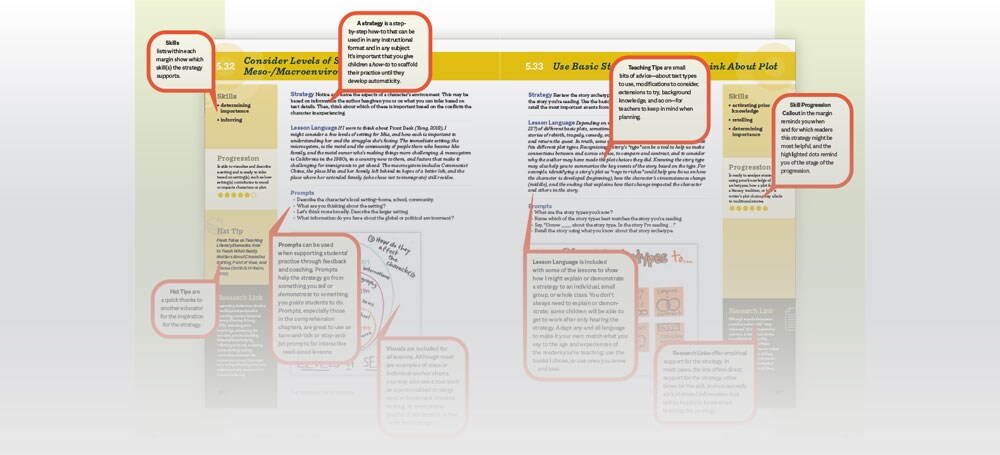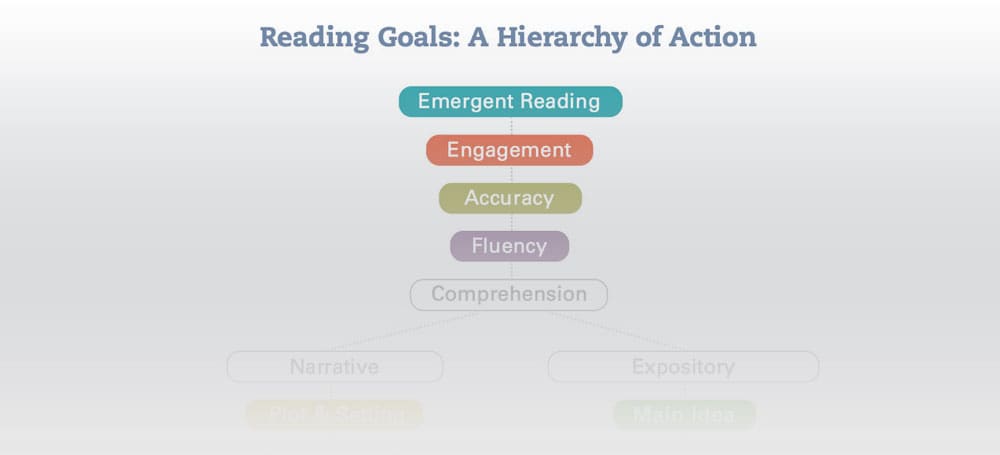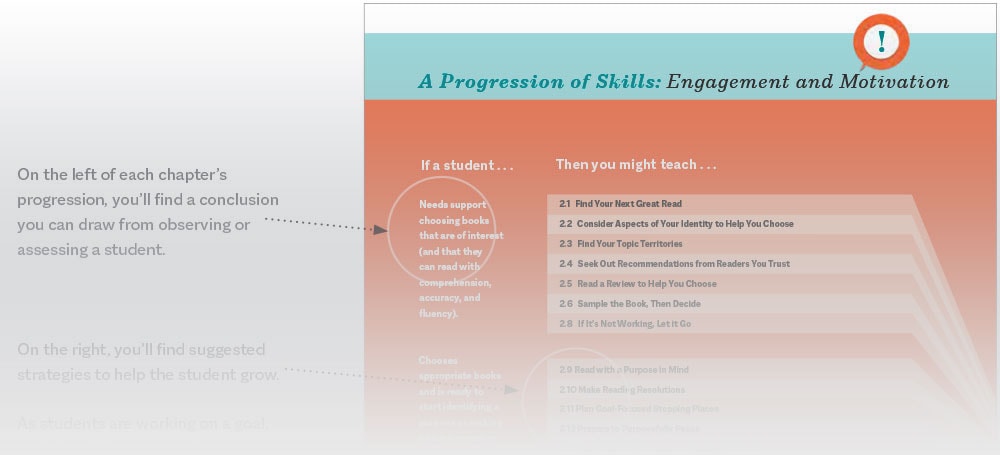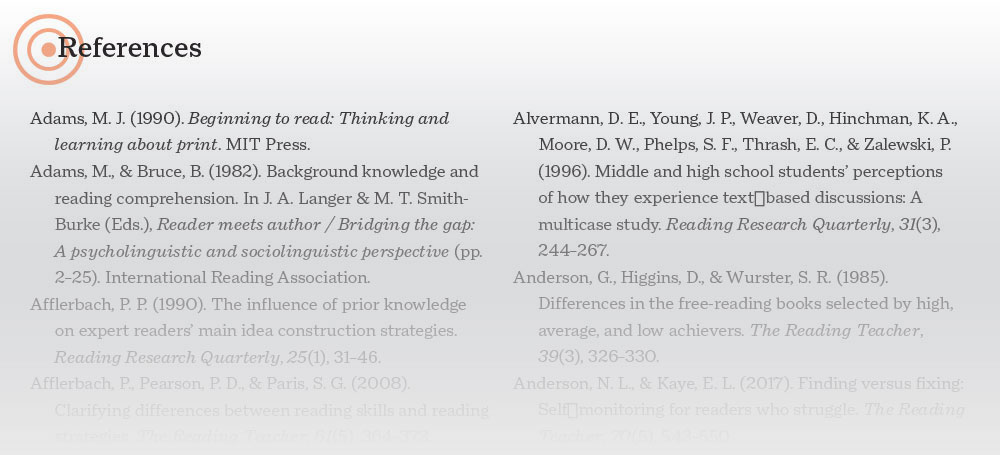
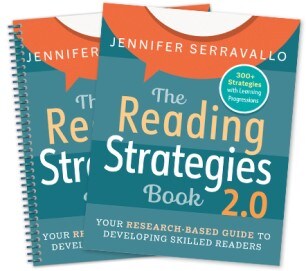
3 New Reasons You’ll Love The Reading Strategies Book 2.0
The Reading Strategies Book 2.0 Companion Charts includes:
- 300+ enlarged charts from The Reading Strategies Book 2.0 in full color
- Full-color laminated dividers for each chapter that make it easy to flip, find, and teach strategies
- Spiral-bound setup for ease of use
- Free-standing tabletop flip chart or under document camera display
The Companion Charts are invaluable for educators of all experience levels. A complement to The Reading Strategies Book 2.0, the interactive and enlarged charts are perfect for small-group, conferring, or whole-class lessons.
Using Jennifer Serravallo's research-aligned resources together, you'll be able to:
- save valuable planning and preparation time
- make demonstrations and explanations of strategies easier
- provide students with visual anchors to reference as they practice their reading skills
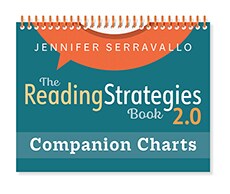
- More explicit connections to research
- Research base of 700+ studies
- Citations for each strategy
- Meticulously researched all new introduction chapter
- The latest instructional thinking
- 300+ lessons: almost 100 new; all others heavily revised
- 200 new classroom-ready charts
- Goal-focused, if–then skill progressions
- Target the exact strategy for each reader
- Simplify and streamline planning and monitor progress
